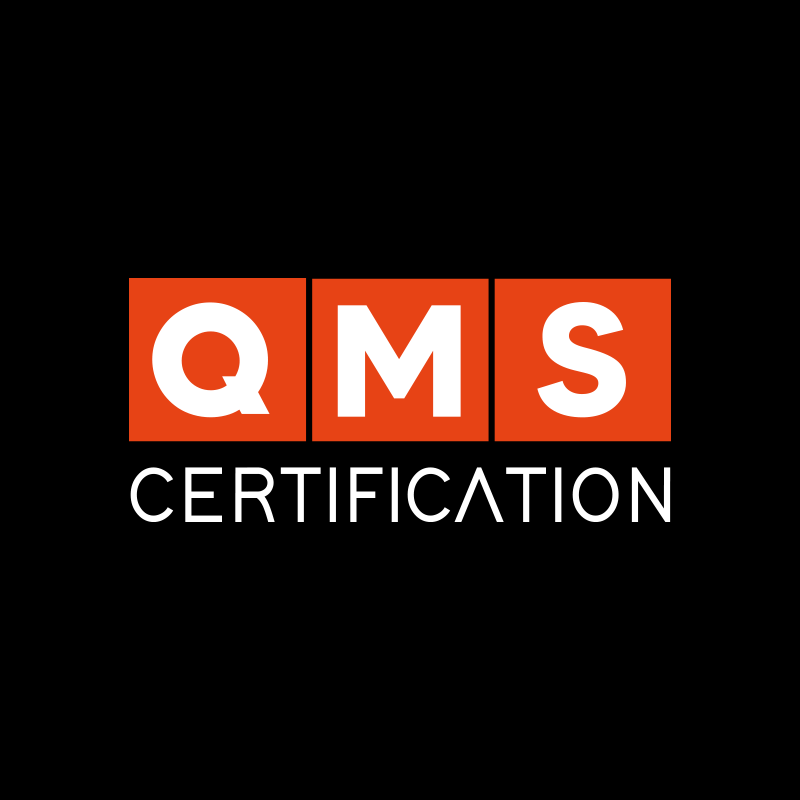The topic of “mandatory documents in ISO 9001” has always been relevant, as maintaining and retaining documented information is a requirement of the standard for certification. This is due to two main reasons:
First, because documented information is the backbone of objective evidence during a certification audit. It turns abstract claims into concrete proof that the Quality Management System (QMS) is working effectively. Through documents, auditors can assess the company, the QMS, and the practices implemented in daily operations.
Second, documented information is essential for maintaining work standardization and the quality of products and services. It reduces errors, supports training of new employees, and allows better measurement of QMS results—fueling continuous improvement efforts.
Given its importance, many professionals wonder: what are the mandatory documents in ISO 9001? Is there an official list? Are specific templates required? Let’s break it down.
What Are the Mandatory Documents in ISO 9001?
Confusion arises because the latest version of the standard, ISO 9001:2015, doesn’t prescribe specific documents by name. Instead, it requires organizations to maintain documented evidence that demonstrates conformity with best practices.
In practice, this means the standard doesn’t demand document “X,” “Y,” or “Z,” but rather that the organization provides documented information that proves, for example, risk management is being practiced. This gives companies flexibility and reduces unnecessary bureaucracy—documents should support real value, not just compliance.
List of “Mandatory” Documents in ISO 9001:2015
Although no specific document names are required, there are clauses in the standard that demand documented information. Below is a compiled list of these clauses:
- Clause 4.3 – Scope of the QMS must be retained as documented information.
- Clause 4.4.2 – Information to support the operation of processes and demonstrate they are performed as planned.
- Clause 5.2.2 – The quality policy must be retained as documented information.
- Clauses 6.2.1 & 6.2.2 – Quality objectives, planning to achieve them, and results must be documented.
- Clause 7.2 – Evidence of employee competence must be retained.
- Clauses 7.3, 7.4 & 7.1.6 – Evidence of awareness, communication, and organizational knowledge must be documented.
- Clauses 7.5.1 & 8.1 – Documents needed for effective process operations, such as procedures or work instructions.
- Clauses 7.1.5.1 & 7.1.5.2 – Calibration and verification records for monitoring and measuring resources.
- Clauses 8.2.3 & 8.2.4 – Customer requirements, review results, and any changes.
- Clauses 8.3.2 to 8.3.6 – Design and development records, including plans, inputs, controls, outputs, and changes.
- Clauses 8.4.1 to 8.4.3 – Control of externally provided processes, products, and services, including supplier evaluation criteria.
- Clause 8.5.2 – Documents to ensure identification and traceability, when required.
- Clause 8.5.3 – Records related to customer or external provider property.
- Clause 8.5.4 – Records confirming preservation of outputs, when applicable.
- Clause 8.5.6 – Records of changes in production and service provision.
- Clause 8.6 – Evidence of product and service release, acceptance criteria, and authorization.
- Clause 8.7.2 – Control of nonconforming outputs, actions taken, and concessions.
- Clause 9.1.1 – Monitoring, measurement, analysis, and evaluation results.
- Clause 9.1.2 – Customer satisfaction monitoring methods and results.
- Clause 9.2.2.f – Internal audit program details and evidence of implementation.
- Clause 9.3.3 – Management review results.
- Clause 10.2.2 – Records of nonconformities, corrective actions, and results.
- Clause 10.3 – Records related to continual improvement actions and changes.
Read: Nonconformity Management – Steps and How to Do It
Beyond Bureaucracy: Documented Information as a Strategic Ally
As we’ve seen, ISO 9001:2015 doesn’t provide a list of fixed document names or templates. Instead, it gives organizations the freedom to determine how best to document their evidence—as long as it proves the QMS is effective.
This approach is highly beneficial, because it allows organizations to view documented information not as a bureaucratic burden but as a strategic asset. Every procedure, record, or retained document is a building block for safer, more consistent, and continuously improving processes.
So rather than creating documents just to “show the auditor,” use the requirements as an opportunity to strengthen operations, train people, ensure traceability, and most importantly—deliver real quality to your customer. When that happens, all interested parties win, and the entire market moves forward.










